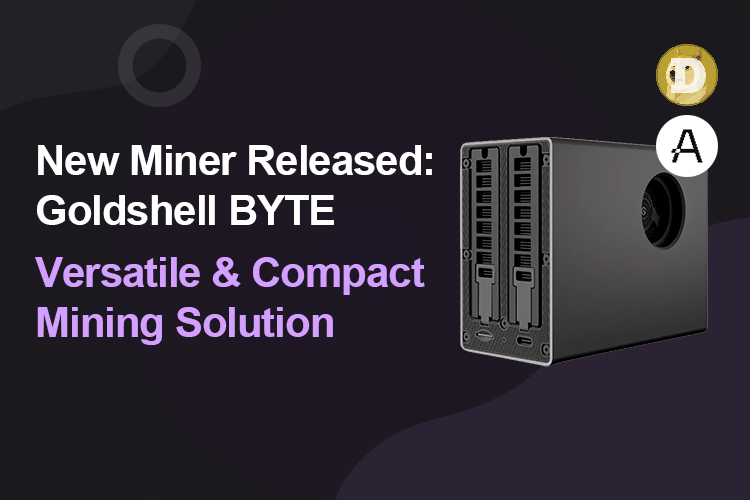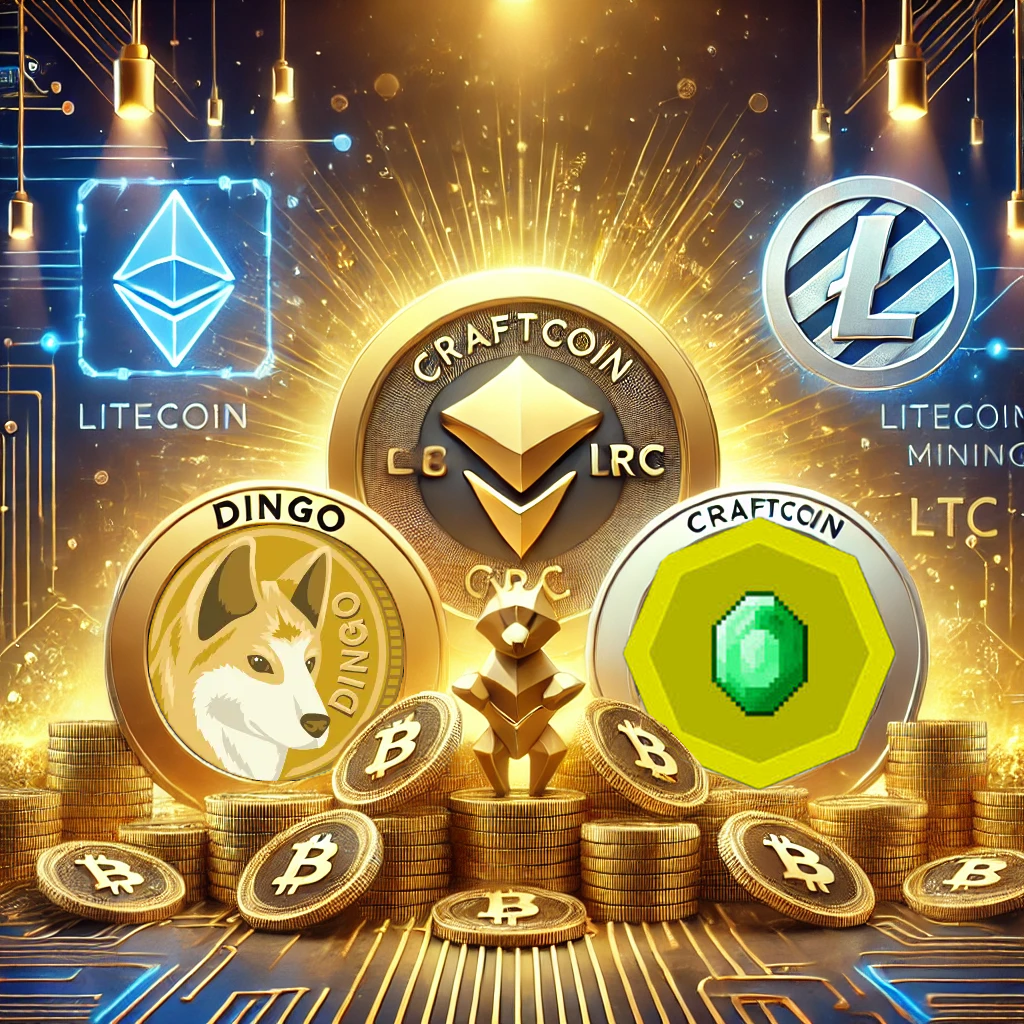Total: US$379.00

Introduction
In 2025, Bitcoin miners face a crucial question: Is Bitcoin mining still profitable after the halving? With rewards cut, holding an ASIC miner demands efficiency and strategy. The right crypto miner and best Bitcoin miner choice can mean the difference between profit and cost in a competitive market.
What is Bitcoin Mining?
On January 3, 2009, the first-ever Bitcoin was mined, launching a financial revolution. Created by Satoshi Nakamoto, Bitcoin was introduced on the P2P Foundation website as a decentralized, open-source electronic cash system—a currency beyond the control of governments and banks. Bitcoin realized the vision first proposed by Wei Dai in 1998 within the Cypherpunks mailing list—a form of money free from centralized authority, accepted for payments and settlements worldwide.
The rise of Bitcoin mining sparked a digital gold rush, where miners compete in a mathematical race to secure transactions and earn rewards. Mining difficulty adjustment keeps Bitcoin’s supply inelastic, preventing inflation and ensuring long-term scarcity—much like gold. With every mined block, Bitcoin reinforces its decentralization, security, and censorship resistance, standing as a symbol of financial freedom in the modern era.
Nowadays, as bitcoin’s fourth halving mining, miners’ costs for mining bitcoin rise, unprofitable miners exit, lowering the hash rate. Regardless of miner count, Bitcoin’s issuance stays constant until the next halving. If hash power surges, difficulty increases to maintain block production, balancing the ecosystem.
Bitcoin Mining Costs and Market Trends
👉Mining Cost
After Bitcoin’s 4th halving in April 2024, high-cost miners struggled as reduced rewards cut profitability. On March 4, 2025, Bitcoin traded at $87,222.19, with an average mining cost of $84,799.29, leaving a slim profit margin. Between February 23-28, 2025, mining costs briefly exceeded Bitcoin’s price, making profits elusive.
Regional Comparison of Bitcoin Mining Costs
Bitcoin mining favors cheap or surplus energy, leading farms to regions with lower costs. Areas with high electricity prices face higher mining costs, while low-cost regions offer a competitive edge.
Using the statistics from Statista, based on the electricity prices, we can calculate the average cost of each region in Asia, Europe, Africa, South America, North America, and Oceania. Here we use 5500W 500TH Bitmain Antminer S21 XP+ Hyd as an example. Based on F2pool, miners hashrate 500 TH/s ≈ 0.00028309 BTC ≈ $ 23.50 per day. So we can calculate the Average cost per Bitcoin mined by region:
Europe
Miners in Europe face significant cost pressures. The average cost to mine one bitcoin is about 1.75 times the price of one bitcoin. In the UK and Germany, the cost of mining a single Bitcoin can be up to five times its market price, making Bitcoin mining virtually unprofitable in these countries.
Oceania
Miners in Oceania also meet the situation that the cost for mining is higher than the profits, making mining financially unsustainable unless electricity prices are significantly subsidized or alternative energy sources are utilized.
South Americas
South America has relatively high mining costs, about $76,000 per Bitcoin, potentially making mining profitable unless Bitcoin prices rise.
Africa and North America
Some countries in Africa and North America benefit from lower electricity costs, offering opportunities for miners. However, infrastructure and regulatory challenges in these regions could pose limitations.
Asia
Asia remains the most profitable region for Bitcoin mining. More than 20 Asian countries offer favorable conditions for miners. Even after the 2024 halving event, many miners in Asia continue to achieve high investment returns. But some of the countries, like China, didn’t allow mining.
Geographic Shift in Bitcoin Mining
Miners seek low-cost energy regions to boost profitability, driving a potential geographical shift in the global Bitcoin mining industry. You can calculate your daily profit from our online calculator.
Competition between Bitcoin Miner Brands
For years, Bitmain, WhatsMiner, and Canaan Avalon have dominated the Bitcoin mining hardware market. However, in 2025, a new player, BitDeer, entered the competition with its Seal Miner, intensifying the race for efficiency and profitability in Bitcoin mining.
As Bitcoin prices decline throughout 2025, mining hardware prices have also fallen. The new generation of ASIC miners with efficiency below 19J/TH has seen prices drop significantly, with the average cost per TH decreasing from $20.3/TH to $17.5/TH. With competition growing, the future of Bitcoin mining will be shaped by miner efficiency, energy consumption, and cost-effectiveness.
The abundant supply of mining hardware from various brands has also accelerated the phase-out of previous-generation miners. As a result, the prices of older-generation ASIC miners with efficiency between 25J/TH and 38J/TH have been dropping rapidly in one year.
Challenges and Strategies for Bitcoin Miners
Challenges
Miners face high costs from energy, equipment, and maintenance. The April 20, 2024 halving cut revenue while competition stayed fierce and equipment prices remained stable. As mining difficulty rises, miners must adapt to stay profitable.
- As mining profitability declines, finding cheaper electricity sources will become a key consideration for miners.
- With Trump returning to office, global politics could see major shifts, potentially impacting energy prices and electricity supply. For instance, during the Trump-Canada tariff dispute, Canada considered limiting electricity exports to the U.S., highlighting the risks miners must carefully assess.
- Beyond geopolitics, the rise of AI presents another challenge. As AI becomes the dominant tech sector, major firms are investing heavily in energy-intensive infrastructure, creating direct competition for power resources with Bitcoin mining. This raises a crucial question: Can global energy production keep up with AI’s surging demand?
- If energy shortages emerge, governments may prioritize AI and other industries over Bitcoin mining, potentially imposing electricity restrictions. Miners must prepare for these evolving challenges as they navigate an increasingly complex energy landscape.
Survival Strategies for Miners
- Energy Efficiency: Investing in efficient hardware and renewable energy (e.g., hydropower, wind) to cut costs.
- Choosing Faster ROI Miners – Investing in low-cost, high-efficiency ASIC miners accelerates ROI and minimizes financial risks.
- Relocation: Moving to regions with cheaper electricity.
- Long-Term Holding: Keeping mined Bitcoin instead of selling in a bear market, waiting for better prices.
- Staying Updated – Staying informed for energy costs, regulations, and AI-driven power demand are reshaping the mining industry.
The Long-Term Value of Bitcoin
Currently, only 5.56% of Bitcoin remains unmined, with its supply stabilizing. Its scarcity positions it as a potential store of value, possibly even rarer than gold. While short-term volatility is expected, Bitcoin’s long-term growth potential remains.
Amid loose monetary policies and fiat devaluation risks, Bitcoin is seen as an inflation hedge. Its decentralization, immutability, and anonymity make it appealing for investors seeking financial privacy and protection from government-controlled currencies.
Future Outlook and Investment Considerations
Bitcoin’s short-term price swings will likely be driven by investor sentiment, macroeconomic factors, and regulations. As speculative hype cools, the market may adjust, stabilize, and gradually recover based on supply and demand dynamics. Long-term, I would see its decentralization and scarcity as key to becoming a global asset, while its volatility and speculative risks, we should be wise on our investments.
For investors, rational market analysis and a well-thought-out investment strategy are crucial.
- If you haven’t entered the market yet, don’t be swayed by stories of overnight riches and blindly follow trends.
- If you already hold Bitcoin, stay informed, monitor market dynamics, and manage risks wisely.
Investing is not gambling—preserving capital should always be the top priority.
Follow us for daily crypto updates!
Got questions about mining? DM us anytime!
Visit our website for mining hardware & insights!




